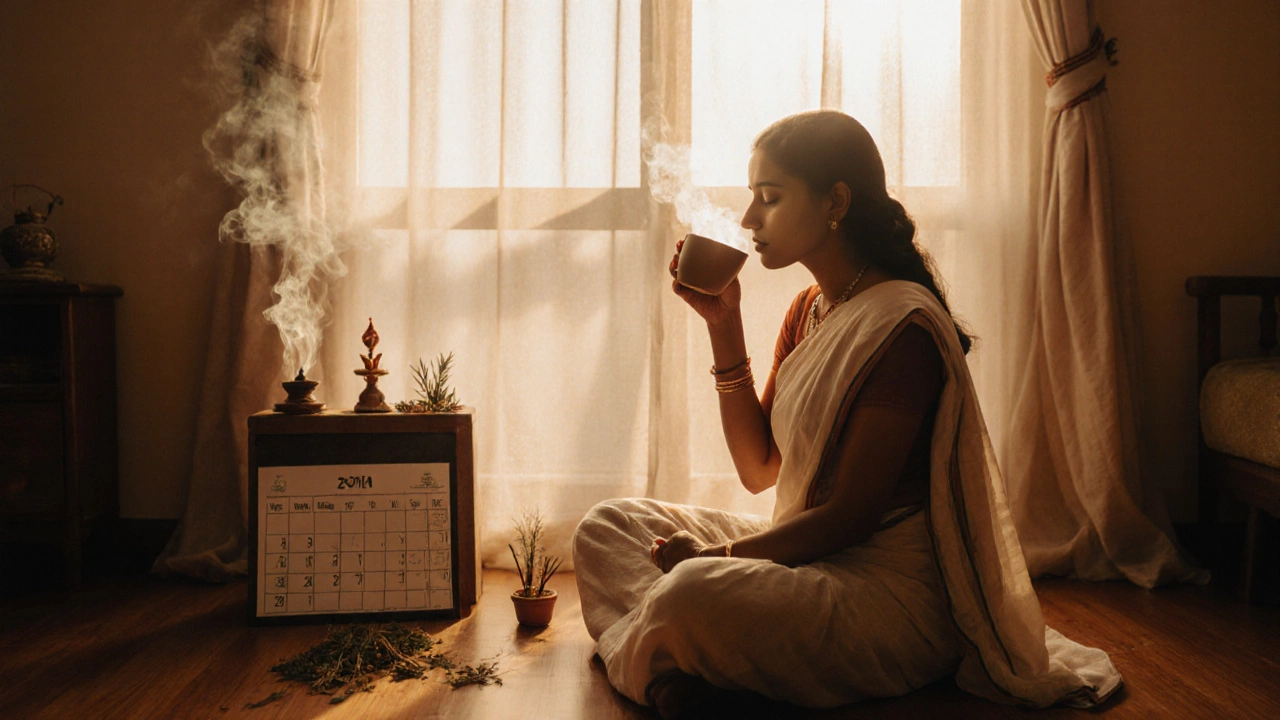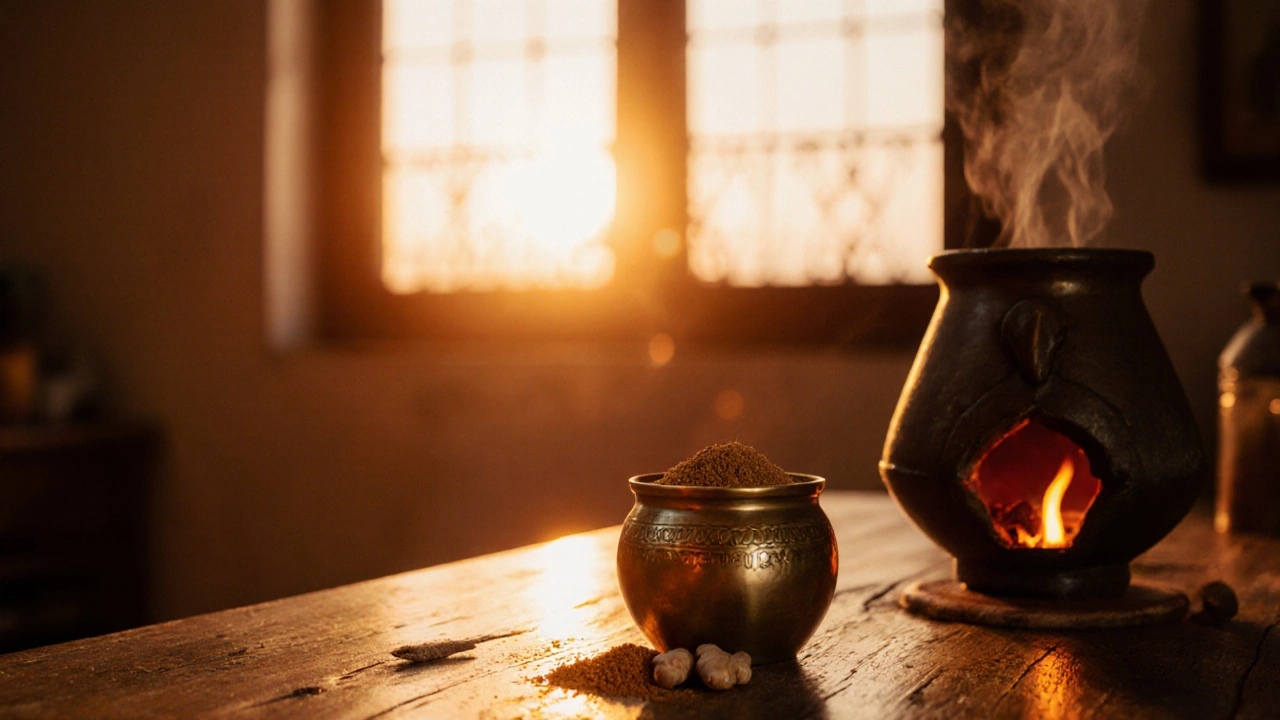Ayurveda: Simple Guides for Everyday Health
Welcome to the Ayurveda hub of Medical Resource Center India. Here you’ll find straight‑forward articles that help you use ancient wisdom in modern life. Whether you’re curious about a detox cleanse, want to know why gold appears in some treatments, or need to spot red flags before trying a new herb, we’ve got you covered.
Getting Started with an Ayurvedic Lifestyle
First thing: Ayurveda is built around the three doshas – Vata, Pitta, and Kapha. Your dosha is the mix of qualities that defines how you digest food, handle stress, and recover from illness. To figure yours out, answer a quick online quiz or read a simple guide that looks at your body type, appetite, and temperament.
Once you know your dominant dosha, tailor your diet. Vata types thrive on warm, oily foods; Pitta needs cooling, less spicy meals; Kapha benefits from light, dry dishes. A popular starter is the Ayurvedic diet plan that suggests specific grains, vegetables, and spices for each dosha. Follow the plan for a week and notice changes in energy, sleep, and digestion.
Beyond food, daily routines matter. Wake up before sunrise, drink warm water, and finish heavy meals at least three hours before bedtime. Our article on “Ayurvedic Foods to Avoid at Night” explains why late‑night carbs can disturb sleep and how a light herbal tea can improve it.
If you’re dealing with specific issues, Ayurveda offers focused solutions. High Pitta? Try cooling herbs like coriander and avoid excess caffeine. Grey hair worrying you? There are herb blends that claim to support melanin production, but they work best when paired with a balanced diet and stress management.
Common Myths and Real Risks
Ayurveda gets a lot of hype, and not all of it is accurate. Some people think any herbal powder is safe because it’s “natural.” In reality, certain herbs can interact with prescription drugs or cause side effects if taken in high doses. Our "Ayurvedic Drawbacks" article lists safety concerns, missing regulations, and hidden dangers you should watch out for.
Gold in Ayurvedic treatments sounds exotic, but only specially processed gold (often called “Swarna Bhasma”) is used, and it must meet strict purity standards. Improperly prepared gold can be toxic, so always choose trusted manufacturers.
Another myth is that an Ayurvedic cleanse will instantly erase years of unhealthy habits. A cleanse helps remove “ama” (toxins) but it’s not a magic fix. Pair the cleanse with proper diet, adequate sleep, and regular movement for lasting benefits.
Finally, avoid the trap of relying solely on Ayurveda for serious conditions. Use it as a complement to modern medicine, not a replacement. Talk to a qualified practitioner before starting any intense regimen, especially if you have chronic illnesses.
Browse our collection of articles – from diet basics to detailed herb reviews – and pick the ones that match your current needs. Each piece gives clear steps you can try today, plus warnings to keep you safe. Ayurveda can be a powerful ally when you approach it with realistic expectations and informed choices.

















